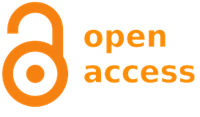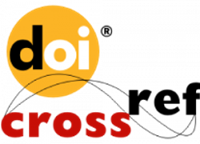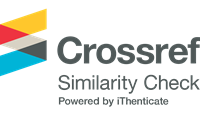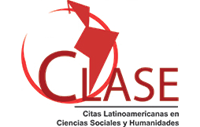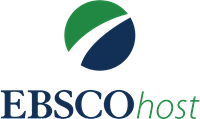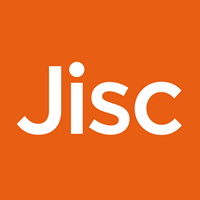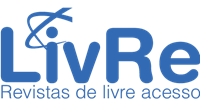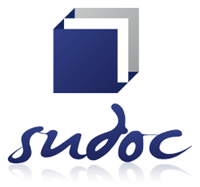Contribuition of Paulo Freire and Célestin Freinet to the process of teaching-learning
Abstract
This article discusses the contributions made by Freirean pedagogy and Freine's pedagogy with regard to the multiple and complex teaching-learning process. Those of one and the other converge to the great importance of the protagonist in this process - the learner - and emphasize it. Another preponderant aspect of this dialogue is the relationship between education and humanization. Freire defends the substitution of traditional education for education aimed at creating critical mental dispositions, favorable to participation, collective deliberation, interference, dialogue, self-government and, consequently, its contribution to democratization. Freinet assures that the educator has motivations and enthusiasms that the educator must liberate and favor; this, in turn, should create a space favorable to the teaching process, facilitating their learning through ‘pedagogical techniques for life’. Both Freire and Freinet not only criticize traditional and outdated forms of teaching and learning, but point out practical and simple actions through their experiences: Freire - with expressions of the political emergence of the popular classes and with social movements; Freinet - with the pedagogical techniques and practices and the teaching directed to the people.
Downloads

This work is licensed under a Creative Commons Attribution 4.0 International License.
DECLARATION OF ORIGINALITY AND COPYRIGHTS
I declare that this article is original and has not been submitted for publication in any other national or international journal, either in part or in its entirety.
The copyright belongs exclusively to the authors. The licensing rights used by the journal are the Creative Commons Attribution 4.0 (CC BY 4.0) license: sharing (copying and distributing the material in any medium or format) and adaptation (remixing, transforming, and building upon the material thus licensed for any purpose, including commercial purposes) are permitted.
It is recommended that you read this link for more information on the subject: providing credits and references correctly, among other crucial details for the proper use of the licensed material.








